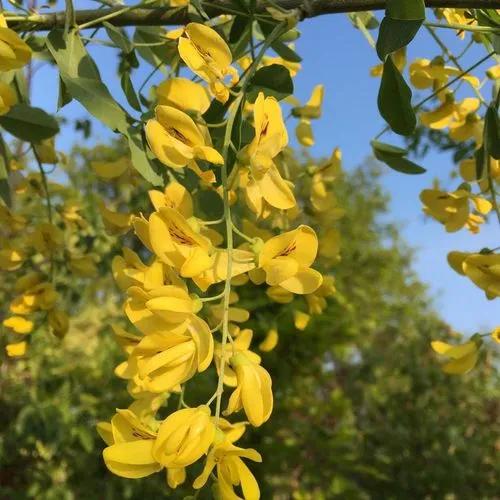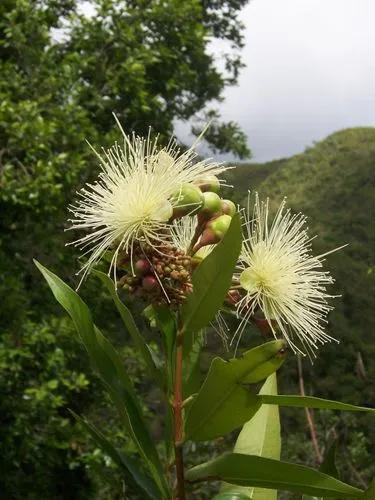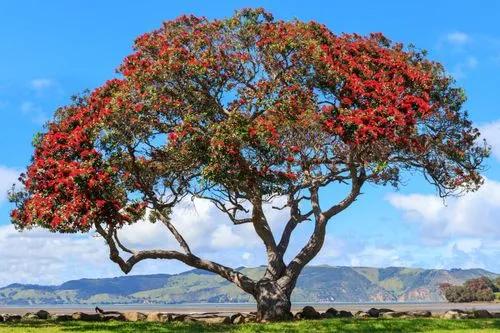Maple trees are classics of the landscape genre. Norway maple (Acer platanoides) has made its own place in the culture and is a common shade tree that resembles sugar maples. The plant has several seasons of interest and retains a compact crown and dense growth. Norway maple has high tolerance to pollution and is adaptable to many soils including clay, sand or acidic conditions. This elegant tree is a useful addition to the landscape, provided some care is taken to minimize seedlings, which are rampant the following season. The Norway maple was introduced by John Bartram to Philadelphia in 1756. It quickly became a popular shade tree due to its adaptability and attractive form. However, in some areas of the United States, it has begun to replace native populations of maples and may be invasive from the northeastern U.S. south to Tennessee and Virginia. It is also a plant of concern in the Pacific Northwest. Trees can grow up to 90 feet in height and have nicely rounded, compact crowns. Young trees have smooth bark, which becomes black and furrowed with age. The fall color is bright gold but one of the types of Norway maple trees, Crimson King, develops deep reddish fall tones. One of the important items of Norway maple tree info is regarding its root system. Roots can become a hazard due to the huge number of surface roots the plant produces.
Norway Maple Care
Acer Platanoides
Other names: Plane-leaved Maple



How to Care for the Plant

Water

Depending on rainfall, new plants need to be watered weekly through the first growing season. A slow, one-hour trickle of water should do the job. During hot spells thoroughly soaking the ground up to 8” (20 cm) every few days is better than watering a little bit daily. Deep watering encourages roots to grow further into the ground resulting in a sturdier plant with more drought tolerance.

Pruning

Pruning at the end of the season, just before the samaras turn brown, can prevent wild seedlings from becoming a pest.

Fertilizer

Established trees should be fertilized every 2-3 years. Feed in early spring when plants start growing.

Sunlight

Sun to Part Shade

Soil

Organic-rich, well-drained soil.

Temperature

Lowest Temperature:-40° to -30°F (-40° to -34°C)

Popularity

3,202 people already have this plant 479 people have added this plant to their wishlists
Discover more plants with the list below
Popular articles






